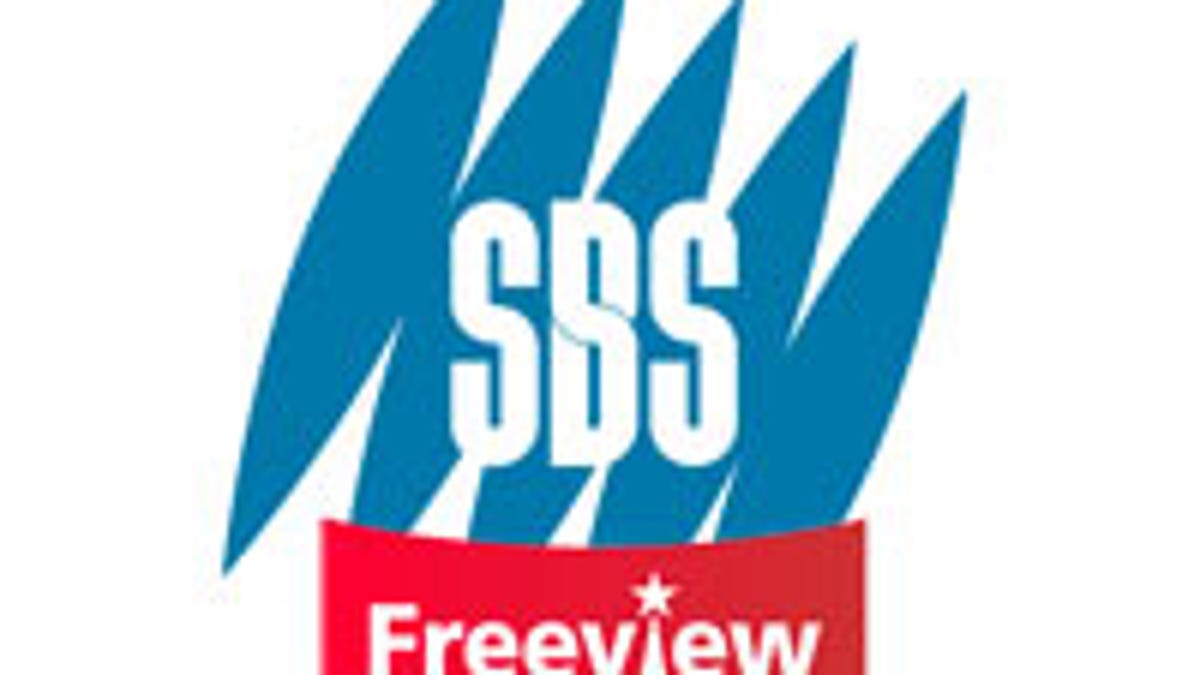Freeview misunderstanding quashed, but SBS still wants new standard
The network needs MPEG-4 technology — a more efficient method for compressing digital TV signals than the MPEG-2 technology currently in use — to expand beyond its current two digital channels.

Free-to-air digital TV consortium Freeview may have been quick to rebut claims that existing TVs would become obsolete in May, but Freeview member SBS is hoping to embrace the technology at the centre of the controversy.
SBS managing director Shaun Brown confirmed that while it's sticking with current MPEG-2 technology for now, in the long term there was "a reasonable prospect" the network would look to new MPEG-4 technology — a more efficient method for compressing digital TV signals than the MPEG-2 technology currently in use — to expand beyond its current two digital channels.
"Our view is that it's wrong for manufacturers to be selling MPEG-2 only devices if there is a reasonable prospect that we'll move to MPEG-4 — and there is a reasonable prospect," he said. "There are technical issues why we can't move to three digital channels now, but the ABC and others can."
Those technical issues relate to the amount and type of radiofrequency spectrum allocated to each broadcaster. The SBS broadcasts over high-frequency UHF signals instead of the lower-frequency VHF band used by the other four free-to-air networks, and its allocation only offers enough capacity to carry two MPEG-2 channels.
MPEG-4 technology — the basis of widely used DivX and H.264 video standards as well as those used on mobile phones, iPods and portable video players — can compress digital TV signals more efficiently than MPEG-2, the standard used on all DVDs and current digital TV broadcasts.
SBS is planning a revamp of its second channel, which currently shows a range of overseas news broadcasts, and has a three-year strategy that Brown says will culminate in the addition of two more channels. But this is not possible, he adds, unless SBS adopts MPEG-4 — which would compress signals enough to fit two or more times as many channels down the same amount of radiofrequency bandwidth.
If implemented, those channels will only be viewable on equipment that supports MPEG-4 — which excludes nearly all plasma and LCD TVs on sale today, which typically include tuners that only support current MPEG-2 broadcasts. To receive the new channels, viewers would have to buy a box that supports MPEG-4 — and, as of now, that means Freeview.
Freeview, whose membership includes all five free-to-air broadcasters, has mandated the inclusion of support for both standards in the STBs it will launch into the market on May 1. The standard represents unprecedented cooperation between the networks, and will offer an enhanced electronic program guide (EPG) and personal video recorder (PVR) capabilities but will preserve commercial broadcasters' investments by disabling features such as ad skipping.
The Herald Sun story interpreted Freeview's inclusion of MPEG-4 as a way of forcing viewers to adopt a reference platform that cannot do ad-skipping and use content in other ways — leading to widespread discussion in digital TV circles and formal rebuttals from Freeview and Communications Minister Stephen Conroy, whose portfolio includes the management of the transition from analogue to digital broadcasting due to conclude at the end of 2013.
Conroy confirmed that the government had no plans to mandate MPEG-4 standards and that any such change would be directed by government and not the broadcasters.
Yet Brown admits any potential switch is a long-term strategy and not an impending change. "With Freeview the base is being laid for MPEG-4," he explained. "This is so if there should be a move to MPEG-4, viewers will not be disadvantaged. The whole point of having dual capacity is that MPEG-2 can go on forever, and MPEG-4 will come on when the networks are ready."
The UK's Freeview service — a similar effort upon which the Australian service is modelled — also mandates support for MPEG-4, but broadcasters in that country are still using MPEG-2 exclusively and will for the next few years.
Even then, the shift to the new standard is seen as a gradual one that will take place over several years. In the meantime, the UK's Freeview will soon be updated with a refreshed STB design including an Ethernet port providing direct access to on-demand and interactive content. UK Freeview does not impose restrictions on ad skipping like the Australian Freeview service will.